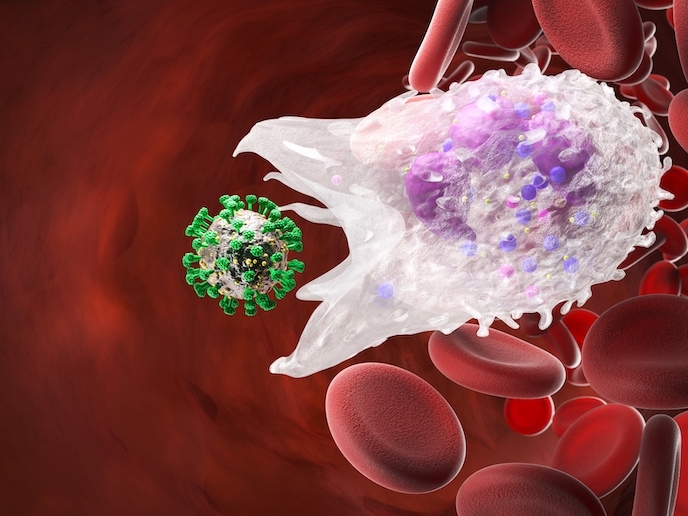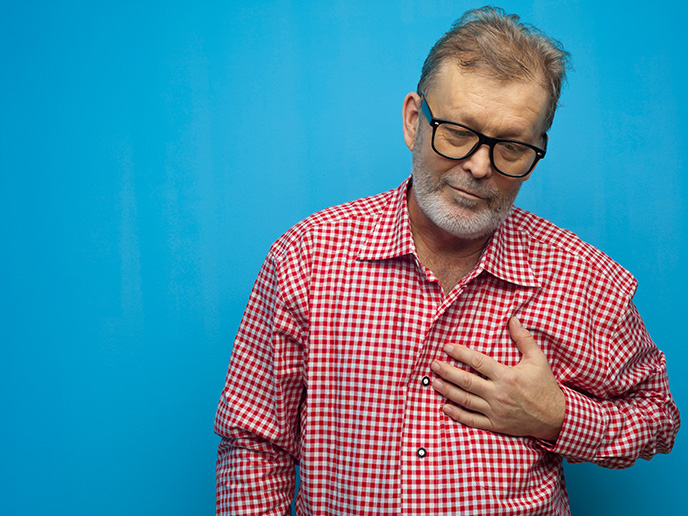Stop in the name of neutrophils!
When our immune system is under attack, neutrophils come to the rescue. These white blood cells work as lethal assassins that patrol our bodies, hunt down infected tissues, and kill most harmful pathogens that stand in their way. But make no mistake, these cells are by no means lone wolves. In fact, the secret to their effectiveness is an ability to work together as a collective. “When an infection is found, the first neutrophil arriving on the scene releases a chemical signal that attracts other cells,” says Tim Lämmermann(opens in new window), a researcher at the Max Planck Institute of Immunobiology and Epigenetics(opens in new window). As Lämmermann explains, once this signal is sent, the gathered cells form a cluster and get to work, attacking an infection as a lethal swarm. But how do they stop? “In theory, if the swarming response was left on, the neutrophils would continue accumulating, eventually harming the very tissues they are meant to protect,” adds Lämmermann. Through the IMMUNE CELL SWARMS project, funded by the European Research Council(opens in new window), Lämmermann and his team of researchers set out to decipher the basic biology of neutrophil swarming – and what causes it to stop.
Hitting the (molecular) brakes
Using special microscopy on living tissue, project researchers were able to visualise neutrophils in real time. What they discovered is that neutrophils have a built-in stop function. More specifically, neutrophils’ swarming response is reduced due to a molecular brake that allows the swarm to stop their movement as soon as it perceives excessive concentrations of the chemical signal. “The swarm can essentially sense when it is big enough, at which point it becomes insensitive to its own secreted signals that brought the swarm together in the first place,” explains Lämmermann. “When that happens, the swarm will stop accumulating – allowing for the efficient containment of bacterial infections.” Researchers even went one step further and identified the exact protein mediating this braking effect: G-protein coupled receptor kinase 2. “This protein is what ensures neutrophils no longer respond to the ‘call to arms’ signal once a high enough number has gathered,” notes Lämmermann. Lämmermann says that these findings are surprising because it was always assumed that external signals coming from the tissue were responsible for stopping neutrophil activity. “Our work showed that in fact the opposite is true,” he says. “Neutrophils have a self-control function that establishes an optimal balance between the search and destroy phases in the fight against pathogens.”
Unexpected findings open new doors
The IMMUNE CELL SWARMS project has shed new light on an important aspect of neutrophil biology, one that is particularly relevant to understanding how the immune system fights bacterial infections. “Our unexpected findings on the hunting strategies of immune cells could open the door to new therapeutic approaches,” concludes Lämmermann. “Our work also has the potential to serve as a stepping stone to advanced research on the collective behaviour of other cell assemblies.” Lämmermann and his team are currently looking at how pathophysiological conditions, such as diabetes and various types of bacterial infections, influence – and potentially interfere with – neutrophils’ crucial self-control capability.







